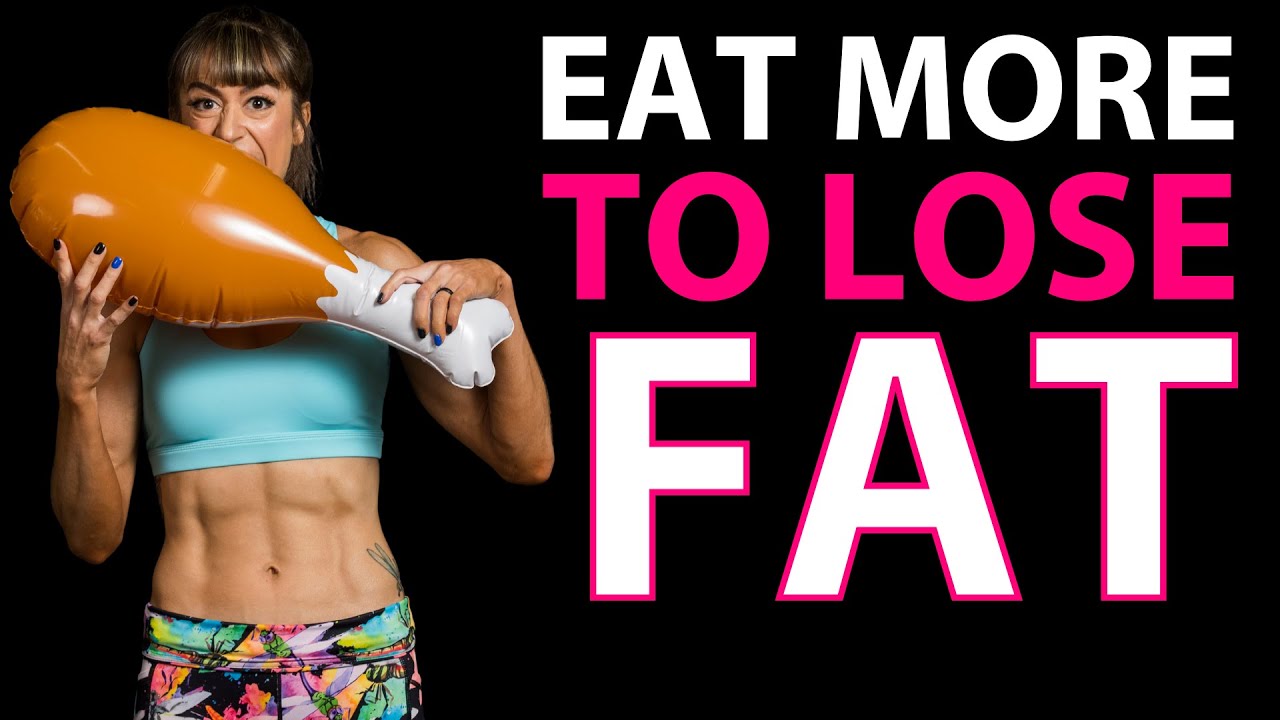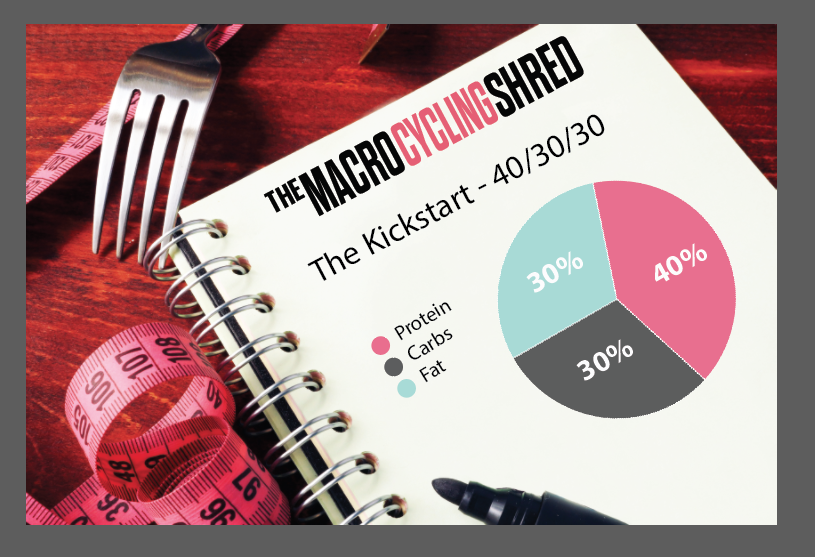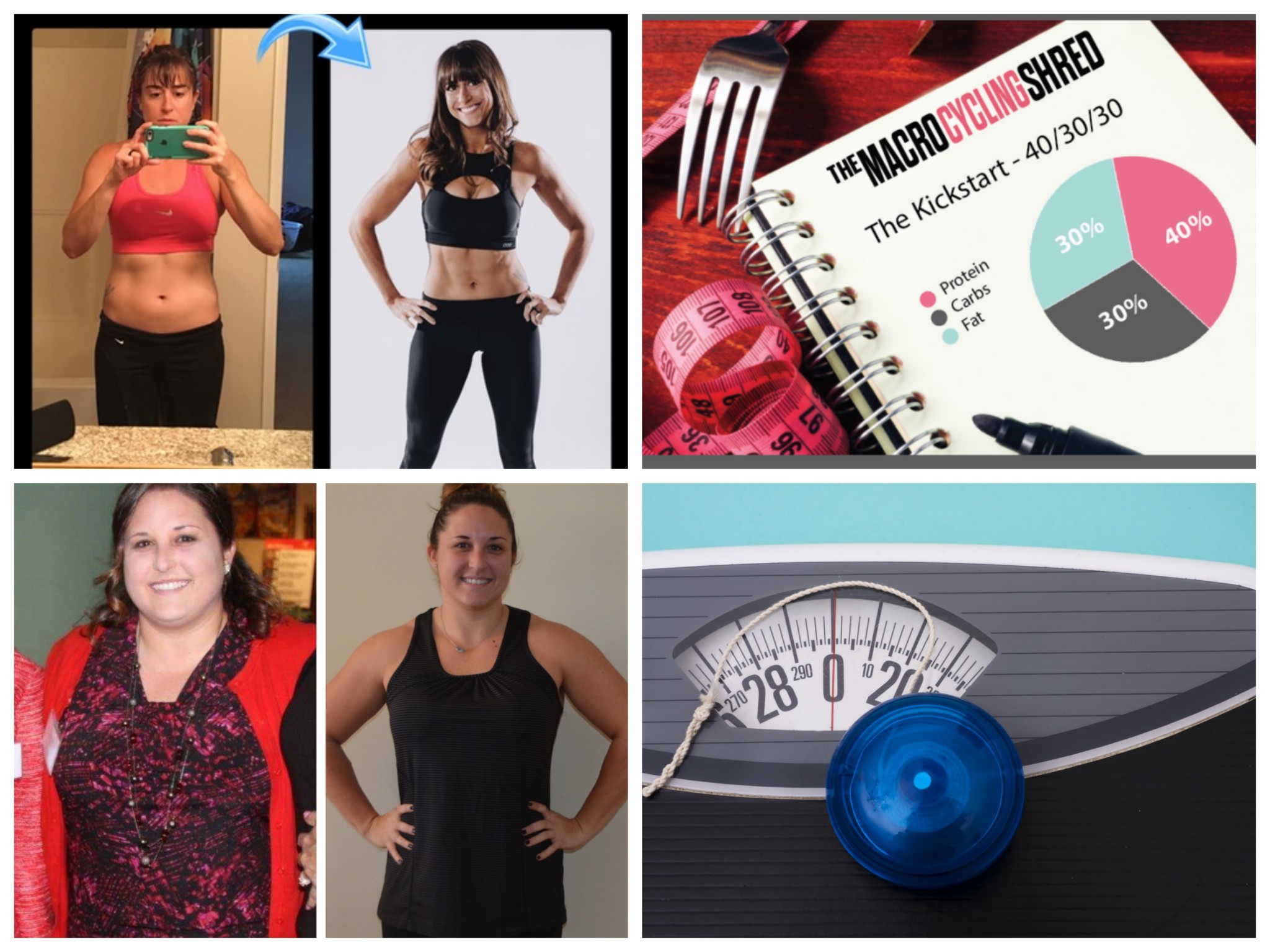
Eat MORE And LOSE Fat?! Here’s How
I know we’ve always heard calories in vs calories out is all that matters. And that you need to eat less and create that calorie deficit if you want to lose weight.
However, more is not better when it comes to a deficit, and trying to eat less and create a bigger deficit may backfire if we want to achieve sustainable fat loss results and our ideal lean aesthetic.
Because as much as your goal may be weight loss, you want fat loss. And fat loss can’t be rushed by eating less.
Actually forcing an extreme deficit may be why we’re even GAINING weight while under eating not to mention losing muscle instead of just focusing on fat loss.
I’m going to break down what happens when we undereat and why cycling ratios over cutting calories is key! And then I’m going to go into how to create the appropriate deficit for your needs and goals and why we may have to RE-TRAIN your body to eat more before we can focus on cutting!
Our Body Fights Weight Loss
The reason we need a deficit to lose weight is because we need to force our body to use its own energy stores to fuel. When we have less energy coming in than we need to fuel our activity and survival, we utilize stored energy. This is how we lose weight by using stored glycogen and mobilizing fat stores to fuel!
However, our body wants to maintain balance, even if the balance isn’t necessarily healthy or ideal. And the longer we’ve been at a certain weight, or above our ideal, the more our body doesn’t want to change from that point.
Our body wants to resist change and protect its fuel stores and avoid “starving” which is what it is so to speak “scared of” when you go into a deficit and start consuming less. It’s why our body resists losing weight.
And this is even when we do it in a HEALTHY way with a small deficit, nutrient dense foods and macro ratios matched to our needs and goals.
Now…What Happens In An Extreme Deficit? Why Can It Backfire?
When you try to create a more extreme deficit and slash your calories extra low, you may see results faster to start initially. Your body immediately is depleted and needs to tap into stored energy.
However, your body adapts as quickly as it can to avoid this extreme deprivation impacting overall survival. While annoying for our weight loss efforts, this is a natural protection response.
When our body is continually under fed, ghrelin increases, which is the hormone that triggers hunger, particularly for sweet and fatty foods while leptin decreases, which is the hormone that regulates energy intake by telling the brain to stop eating.
We also start to expend less energy to conserve our stores. So even if you’re trying to train harder to lose weight, you may find your workouts suffer and your output decreases.
Even if you do manage to train hard and push through, our bodies compensate by actually starting to burn fewer calories at rest.
Not to mention, underfueling especially if you aren’t conscious at all of macros, very quickly will lead to muscle loss.
And losing muscle only further slows our resting metabolic rate.
If we’re under fueling and over training, our basal metabolic rate drops and non-exercise thermogenesis, or the calories burned from things like fidgeting decreases.
Basically, we suffer from metabolic adaptations that allow us to function on the reduced calories. Which ultimately means that us starving ourselves with 900 calories a day becomes all our body thinks it needs to survive as it regulates all other functioning to match the intake you’re giving it.
It leads to us NOT losing weight while under eating and feeling the need to slash our calories lower to get results. It also leads to us feeling extra hungry.
And when we then do overeat, we ultimately store this energy as fat because our body doesn’t “need” it to fuel. It’s adapted to the lower calories despite the hunger signals!
Have You Destroyed Your Metabolism?
The short answer is…not permanently. Yes you’ve created metabolic adaptations, BUT these can be reversed.
Will it take time and be uncomfortable and require you to sometimes go backward with your results before you move forward?
Unfortunately, yes.
But if you don’t take time to reverse these adaptations, you’re going to keep undereating and still gaining. Your going to keep perpetuating the same cycle and not be moving forward anyway.
While it’s hard to go against things we’ve been taught, like eat less to weigh less, you’ve got to step back and EAT MORE to reverse the metabolic “damage”
It’s the only way.
And yes, it may lead to you gaining weight to start.
But A. This can be muscle you actually are starting to gain, which will ultimately HELP your metabolic rate and lead to better results faster.
And B. You’ve got to allow your body time to return to hormonal balance to then move forward if you ever want to see progress, and maintain those results long term.
So as sucky as it is to honestly take actions you know may move you further away from your goal to start, it’s the only way ultimately to truly move forward and see results.
So how do you get yourself out of this cycle of starvation and re-train your body to eat more?
Step Back – Re-Train Your Body To Eat More!
Variations of this retraining process are called Reverse Dieting.
Depending on your mindset with it all and how many big changes you feel you can handle at once, you may start by adjusting your macros before changing and increasing your calories.
First track what you’re currently doing no matter what. This allows you to make accurate adjustments based on your needs.
One way to approach first making changes is to adjust macros at your current calories, increasing protein, and then, as you dial in that ratio, start to slowly increase calories, 100 calories at a time.
A lucky few actually see weight loss during this, especially with the ratio change. But most, will see weight steadily creep on, even multiple pounds in the first few days, with the calorie bumps.
This will slow.
Most of the time you should seek to increase by at least 500 calories from your starting point, maintain that for a week or two before considering re-creating a deficit.
Adjusting your macros, and using specific higher protien ratios as you increase calories, helps use this extra fuel to build muscle and balance out your hormones. With the higher protein ratios, you will benefit from the thermic effect of that macro as much as possible to avoid you gaining any more fat than necessary.
Once you’ve gone through this process to train your body to use more calories, you will start to do small deficit adjustments, often only 100 calories lower than where you’ve built to. You will also adjust macros to more weight loss focused ratios to help kickstart those results.
Now occasionally if you’re super ready to just embrace the gain and risk more coming on quickly to help be able to jump back into losing faster, you can do a fast bump up right away. This also works out better if you’ve tracked in the past and are willing to potentially go higher protein or make a more dramatic macro change as well.
The downside, is your body doesn’t like change and this can lead to bloating or energy shifts and such. These can go away quickly BUT it’s something to be aware of.
This will often also lead to massive jumps on the scale to start but also a quicker leveling off.
Neither one is really wrong, part of it is mentally what makes us feel best with the process, how far we have to go to really re-train our body and also appetite and activity level.
The more active and hungrier we feel, the easier it is often to increase calories quickly.
If you have less of an appetite and are less active, it can be harder to increase calories dramatically all at once, making the slower increases more beneficial.
You need to be aware that it WILL feel like taking a step back at first and that often you feel like you’re losing ground, even having to start over so that you can ultimately progress forward.
Now Don’t Say You’re Too Old…
Often this whole process actually becomes more important to do the older we get, and especially during menopause.
As much as re-training our bodies is hard and uncomfortable and will especially lead to weight gain to start during menopause, we need to do it NOW to set ourselves up for long term success.
During menopause our apettite may also already increase as our metabolic rate slows. Throw in under fueling and overtraining in our attempt to reverse the menopausal weight gain and we have a recipe for disaster.
So as hard as it can be when you already see the scale increasing, it’s increasingly important you embrace learning to eat more!
Eating more and dialing in those macros will preserve your lean muscle mass and even help you build muscle. This is essential as we get older as it becomes harder to build and retain lean muscle, which is part of why our metabolism slows with age.
If you under fuel, you put yourself at great risk for muscle mass loss which can not only impact your quality of life and lead to a whole host of other issues including great risk for fracture, but it can make the weight loss process more and more of a struggle as you get older.
So do what you can as soon as you can. And realize that with getting older, learning to fuel correctly and eat more is even more key!
If you want help with this process to create a sustainable plan, click the link below to learn more about my 3-Step Recipe For Results!
–> The Simple Recipe For Results (note I didn’t say “easy”)






